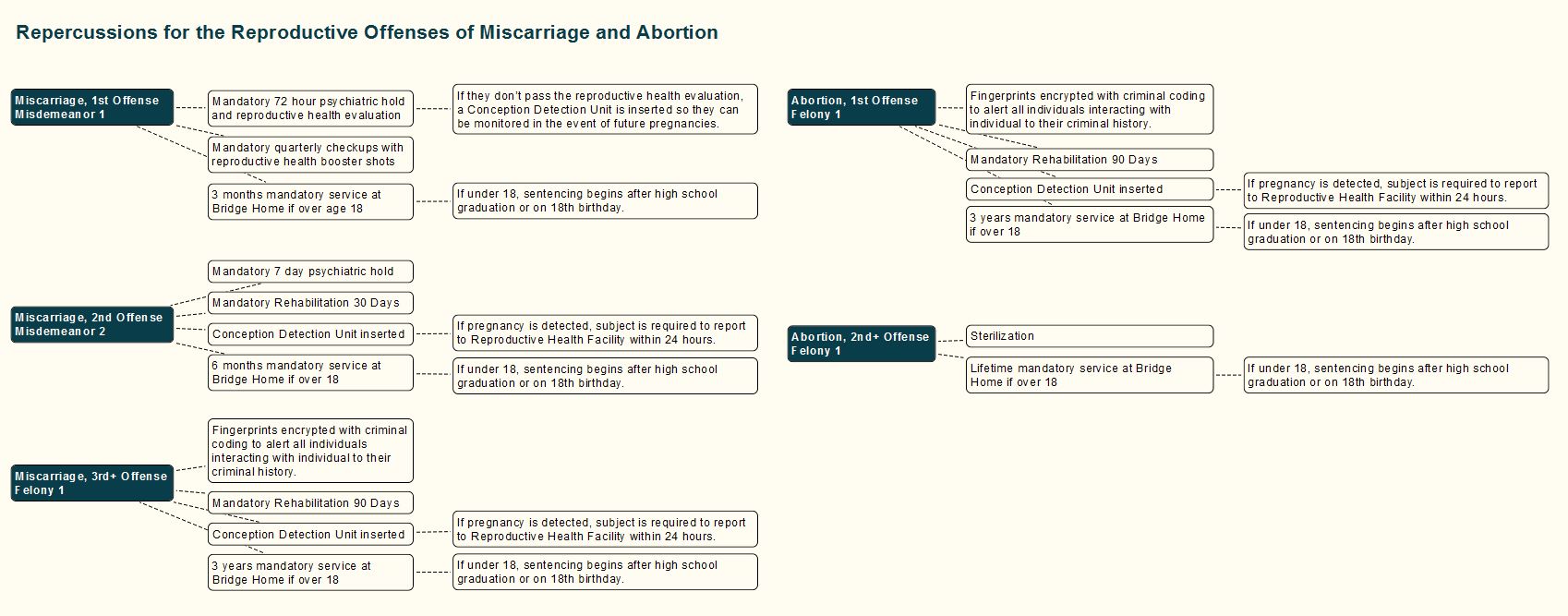I’ve dedicated every day this week to fixing some of the potholes I’ve encountered in Part One of Tiny Shadows. Focusing on a small part of your main character’s life is a good way to get to understand the world they live in. One of the hiccups I faced in the first 15,000 words was realizing that the prologue was really a Part One. As much as the discipline of word counts holds value, I am coming to realize that there is also a great value in spending time in the world and lives of the people I am creating. Of course, there is a very fine line between world building and procrastination. Although I must be careful not to cross it, I do see now that I need longer than one week (as originally intended) to further develop the story before fully diving into the writing process after being away a while.
Now that I’m developing Part One, I’ve realized that the story falls into the “Coming of Age” genre. This is a very important realization, because, at least in my mind, “Coming of Age” and “Young Adult” are similar enough to have some crossover, but different enough that, depending on how the story is written, the audience has the potential to be completely different. I don’t intend for this to be a “Young Adult” novel, but as a “Coming of Age” novel, it will have “Young Adult” nuances. This novel has grown with me like my own child in the last year of pondering it, and I really want to do it justice. I want it to be meaningful and powerful and well written. I want to fully understand the world I’ve created, the world my characters live in.
It is disappointing, I think, for a writer to spend so much time developing a world, only to convey a fraction of their creation in the final product. But, it is necessary. I spent time today developing pieces of my world that may not fully be utilized in the final product. But if I did not understand these nuances of this world, my novel would fail by the end of Chapter One. That’s how vital it is to understand this background.
This is a small tangent from the discussion, but I believe it adds demonstrative value. I’m attaching a JPEG image of the background ideas I developed today. My story is a dystopian drama in which reproductive offenses (abortion and miscarriages) have been criminalized. As a part of the development of this story, I realized that I needed to have specific repercussions allocated for the various levels of those crimes. After today’s world building exercise, I have a solid grasp of what repercussions a woman faces in this world after her first miscarriage, or her second abortion. (As a side note, “Bridge Homes” are foster homes that the government has developed as a necessity after the criminalization of abortion.)
I’ve also had to take into consideration the development after Part One. I have a rough outline, but it is certainly lacking in terms of development. The question becomes, how much do I develop now, and how much do I develop later, once I’ve gained a more intimate relationship with my characters? I think this is an interesting dilemma. I’m a planner, a plotter. I like to know everything that is going to happen, with the occasional exception of a character taking a detour and surprising me once they take on a life of their own. But how do you truly plan for the details of the second, third, and final parts of your story when you haven’t really even gotten to know your characters yet? I’ve found that I get to know my characters as I write about them, and they make decisions that surprise me. To plan out their entire future in the earliest stages of writing seems futile and wasteful.
My temporary solution is going to be to flesh out as much of the remaining three parts of the story as possible, but leave room for growth and revisit and re-develop each part of the story before writing it. I think this makes the most sense—know where you’re going, but be flexible enough to change it as the story grows.


